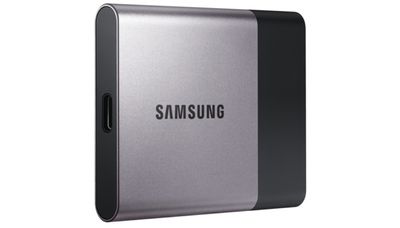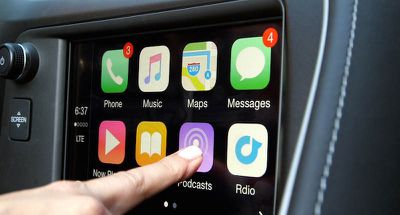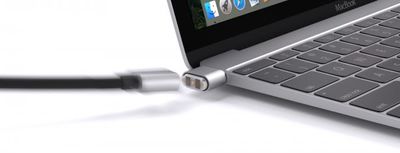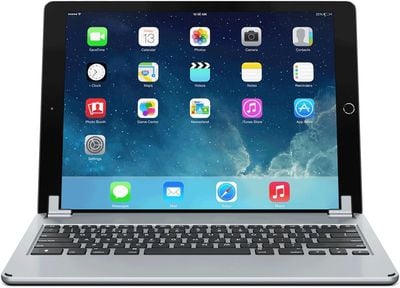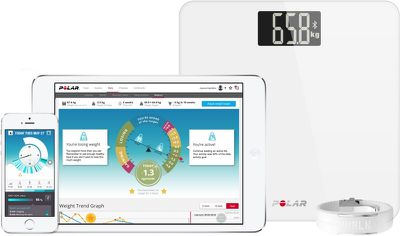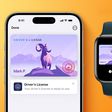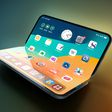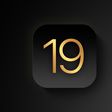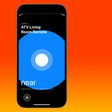Sleep Number already has a line of beds that use its SleepIQ technology, which helps people adjust their beds and get better sleep than before. Today at CES 2016, the company announced the "IT" bed, which the company says will make customers "smarter, healthier and happier."
Like other SleepIQ beds, the IT features biometric sensors that track heart rate, movement and breathing via your body. The IT, however, also features ActiveComfort technology, so the bed will use data it has collected to recommend a customer's ideal level of firmness, comfort and support every day. Users can see the recommendations and make adjustments with the SleepIQ app, which connects the iPhone to the bed via Bluetooth.
The IT can also connect to other health tracking services via the SleepIQ API. This allows the IT to make more advanced sleeping recommendations. For instance, it can recommend whether to sleep earlier based on your diet, or it can connect to your iPhone's calendar and tell you to go to sleep at a certain time so that you can be well rested for a meeting at 8 a.m.
The IT bed's pricing starts at $1,000 and will be available in Summer 2016 in all standard mattress sizes.
The SleepIQ app is available for free in the App Store [Direct Link]


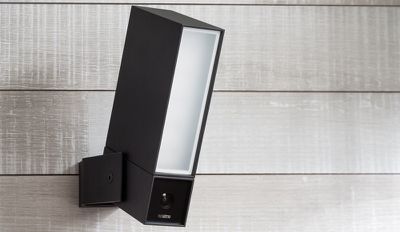
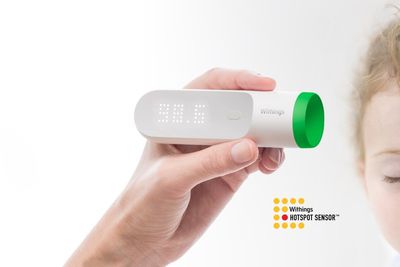
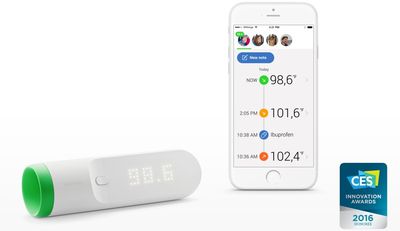
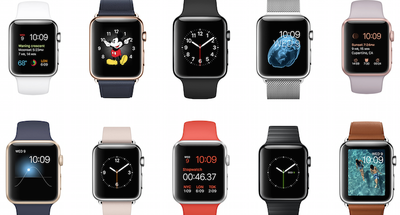
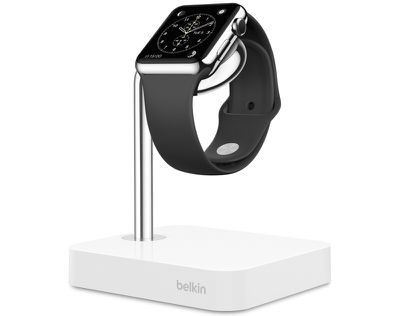
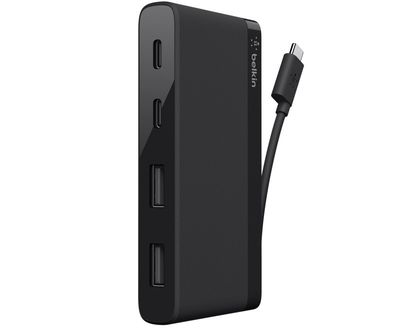
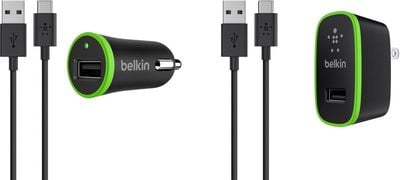
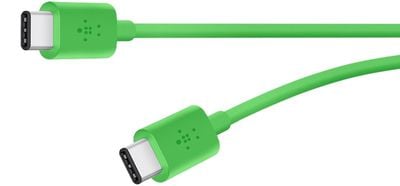
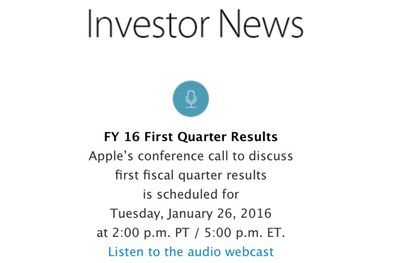

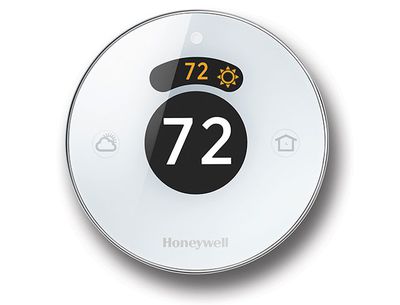
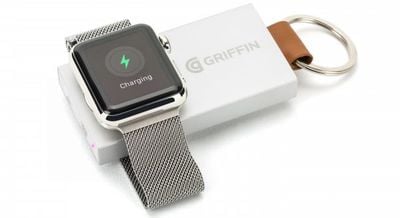
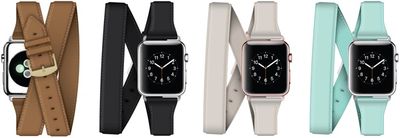
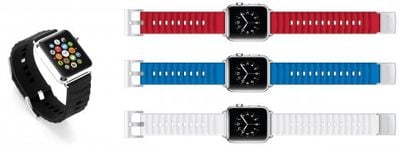
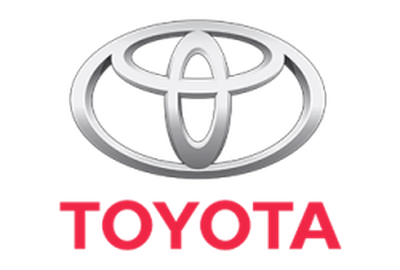 Toyota
Toyota 
